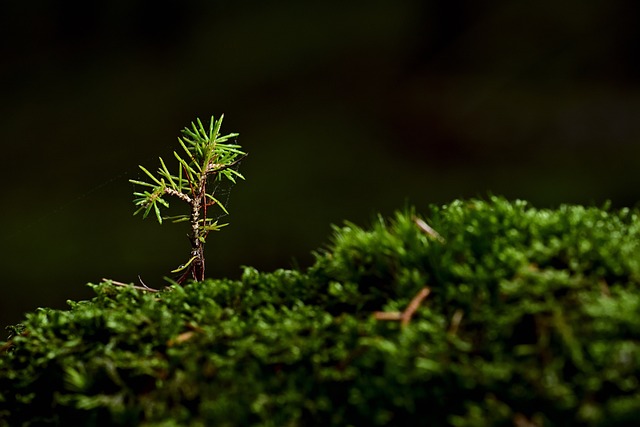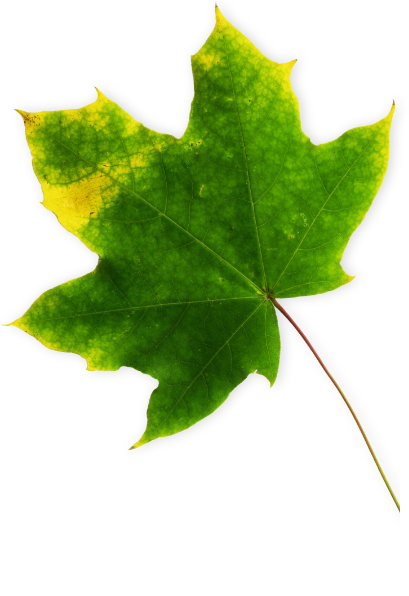Moss might look lush and green, but when it starts creeping into your lawn, it’s usually a sign that something isn’t right. Homeowners often reach for lime, thinking it’s a quick fix to kill moss—but does lime really solve the problem?
The short answer? No, lime does not kill moss. While lime plays an important role in correcting soil pH, it’s not a moss control product. In fact, applying lime without understanding the root cause can actually make the situation worse.
Let’s break down what moss in your lawn really means—and how to treat it effectively.
Why Is Moss Growing in My Lawn?
Moss thrives in conditions where turfgrass struggles. That means its presence is often a red flag for underlying problems. Common reasons for moss growth include:
- Acidic soil (low pH)
- Compacted soil or poor drainage
- Heavy shade and limited airflow
- Low fertility or nutrient imbalance
- Thin, weak, or damaged turf
- Excessive thatch
Contrary to popular belief, moss can grow even in full sun, especially in lawns with compacted, low-quality soil or poor grass coverage. So, while shade is a contributor, it’s not the only reason moss takes over.
What Lime Does and Doesn’t Do
Lime is used to raise the pH of acidic soil. In some lawns—especially those in New England—soil naturally tends to be more acidic, and turfgrass struggles to grow in such conditions. Moss, on the other hand, doesn’t mind acidic soil.
Here’s the key point:
Lime doesn’t kill moss. It improves soil conditions that may help your grass grow better and outcompete moss over time—but only if low pH is truly the issue.
Applying lime without a soil test can waste time and money, or worse, throw your soil further out of balance.
How to Get Rid of Moss the Right Way
If you want a lawn that stays lush and moss-free, you’ll need a multi-step, agronomic approach that targets the root cause.
-
 Start with a soil test
Start with a soil test
A professional soil test is essential to determine if your pH is actually too low and whether lime is needed. This ensures you’re not guessing when it comes to treatment. - Improve drainage and reduce compaction
Moss loves soggy, compacted soil. Core aeration and compost topdressing can improve soil structure, allow oxygen to reach the roots, and support healthier turf growth. - Address shade and airflow
If possible, prune overhanging trees or shrubs to allow more light and airflow. Shaded areas may still support turfgrass with the right grass types and care program. - Reseed thin areas with shade-tolerant turfgrass
Once conditions are improved, overseeding with appropriate grass varieties helps your lawn fill in and naturally crowd out moss. - Use moss control treatments if needed
In cases of heavy infestation, moss-specific control products may be applied—but these should be combined with the cultural changes above to prevent regrowth.
Trust Natural Tree and Lawn to Get to the Root of the Problem
If moss is creeping into your lawn, it’s time to take a closer look. Our team at Natural Tree and Lawn specializes in diagnosing the underlying conditions that allow moss to thrive and creating a tailored treatment plan to restore your turf’s health.
From soil testing and pH correction to aeration, seeding, and turf nutrition, we have the tools and expertise to help your lawn look its best—moss-free.
Call today at 781-297-3674 to schedule a professional lawn evaluation and get your lawn back on track. For additional reading on lawn, tree or pest topics please check out our blog!
